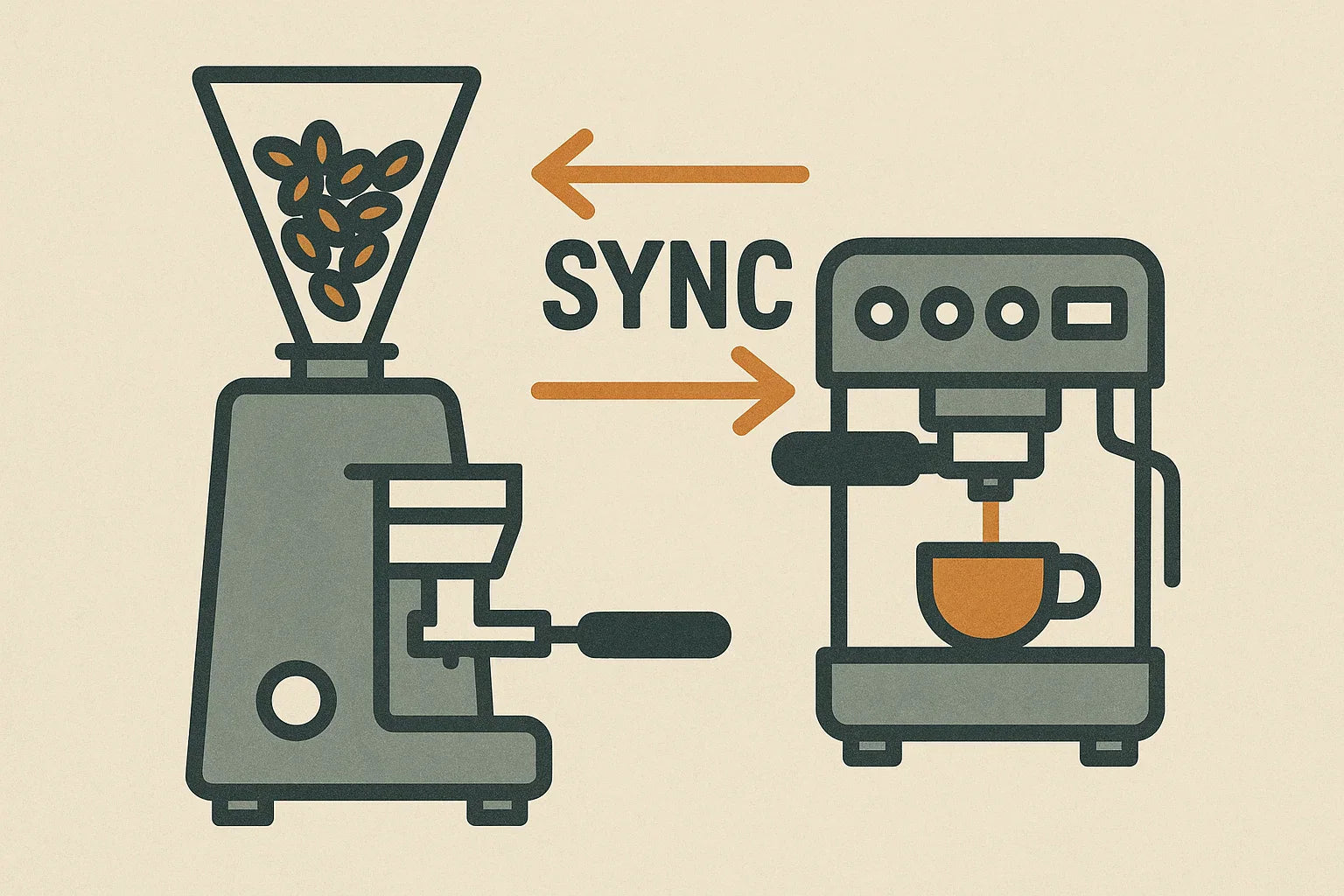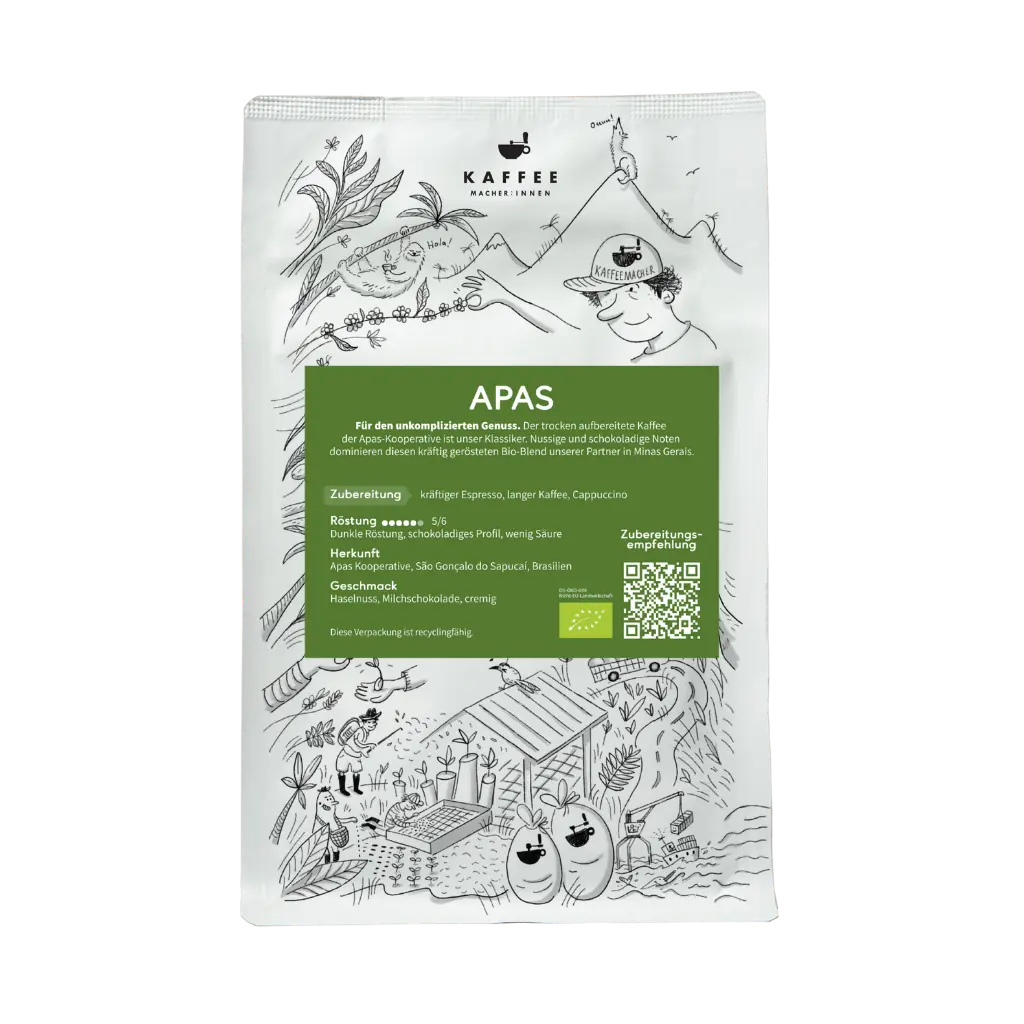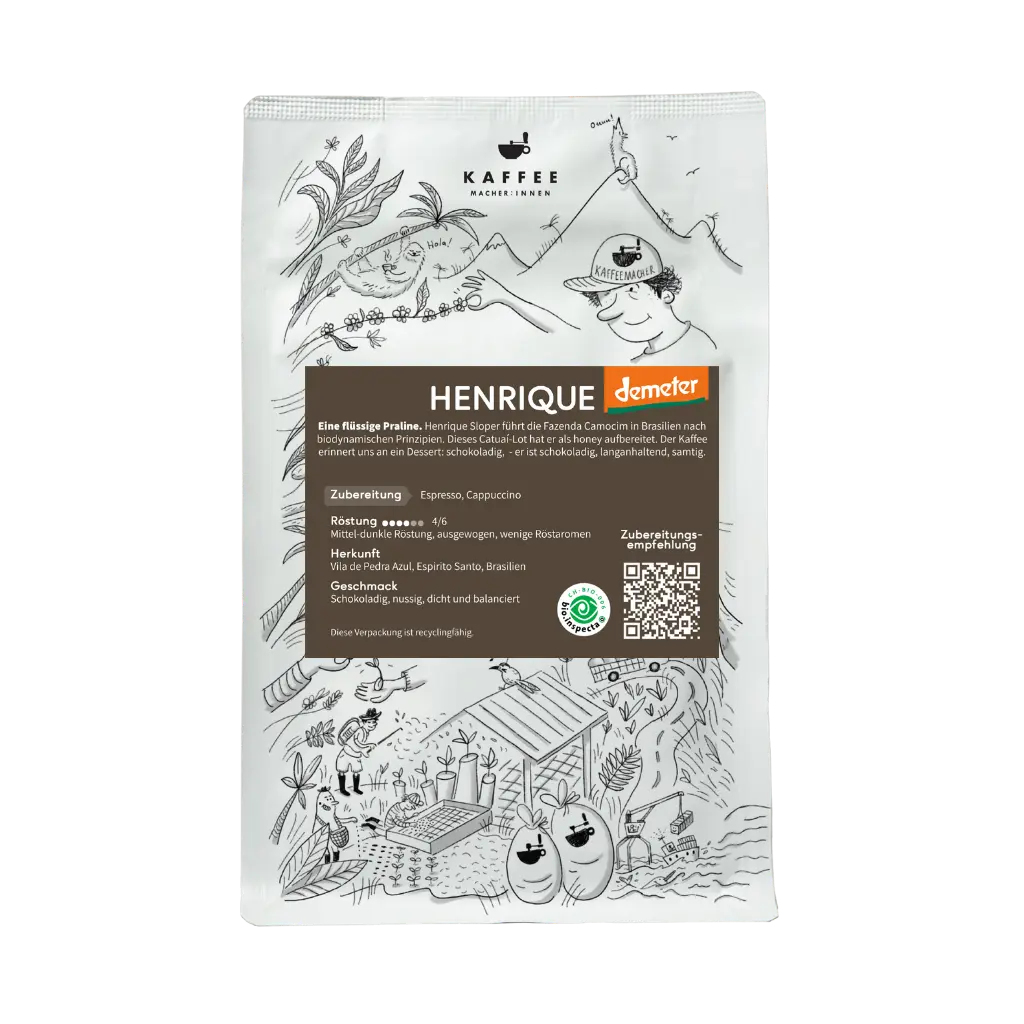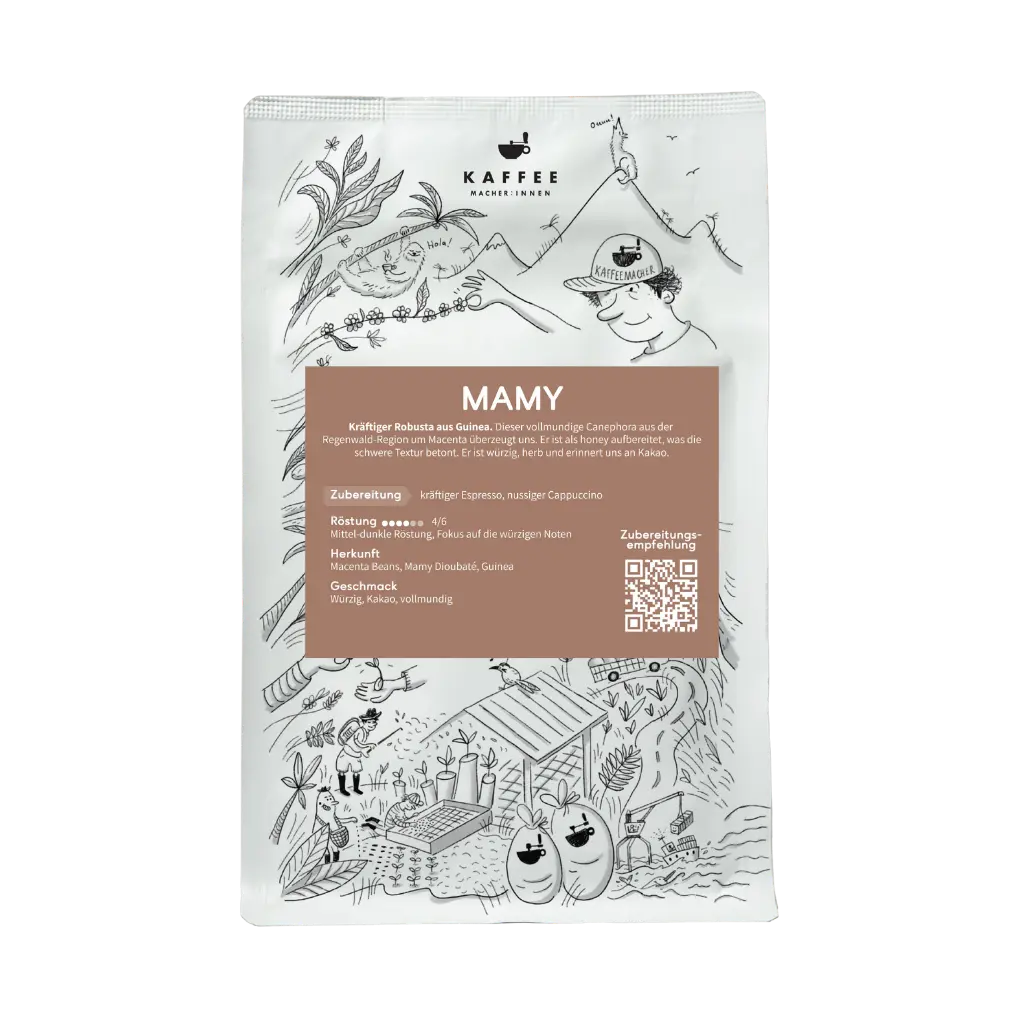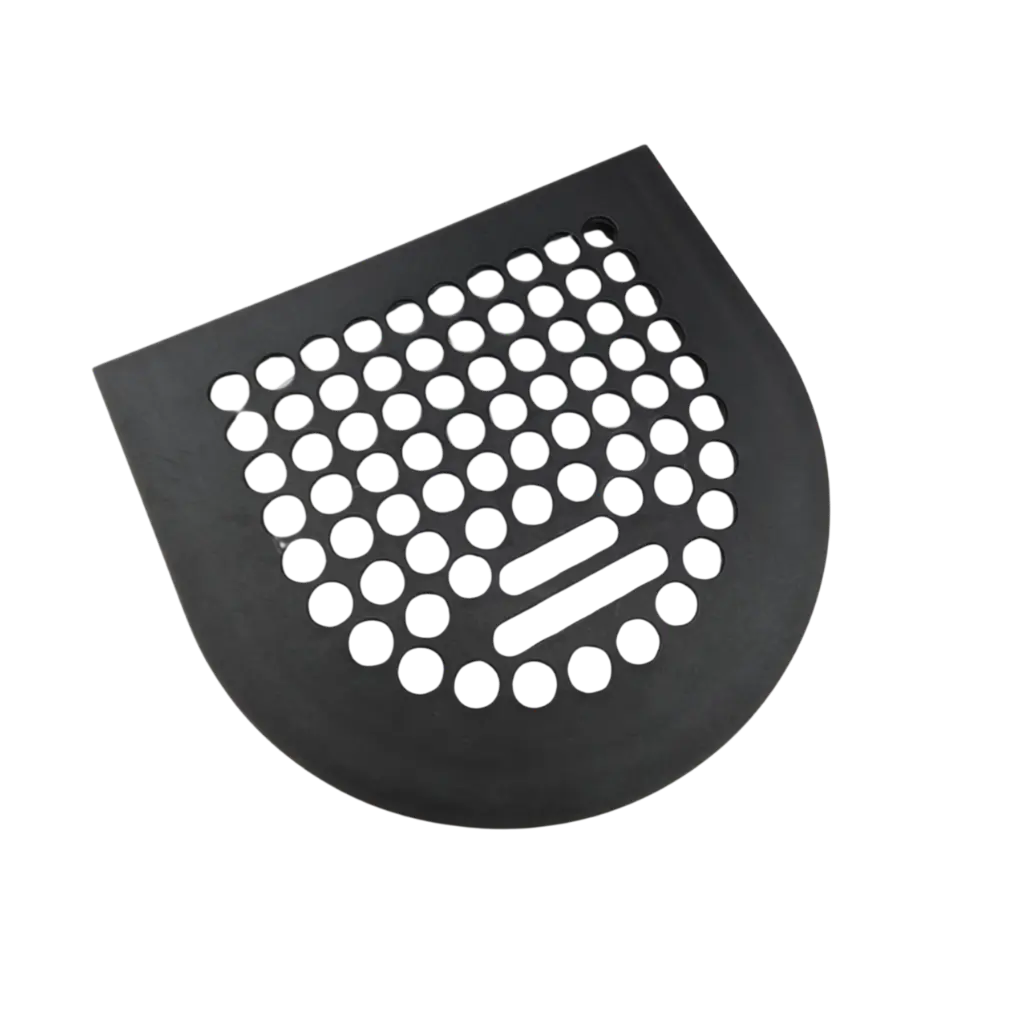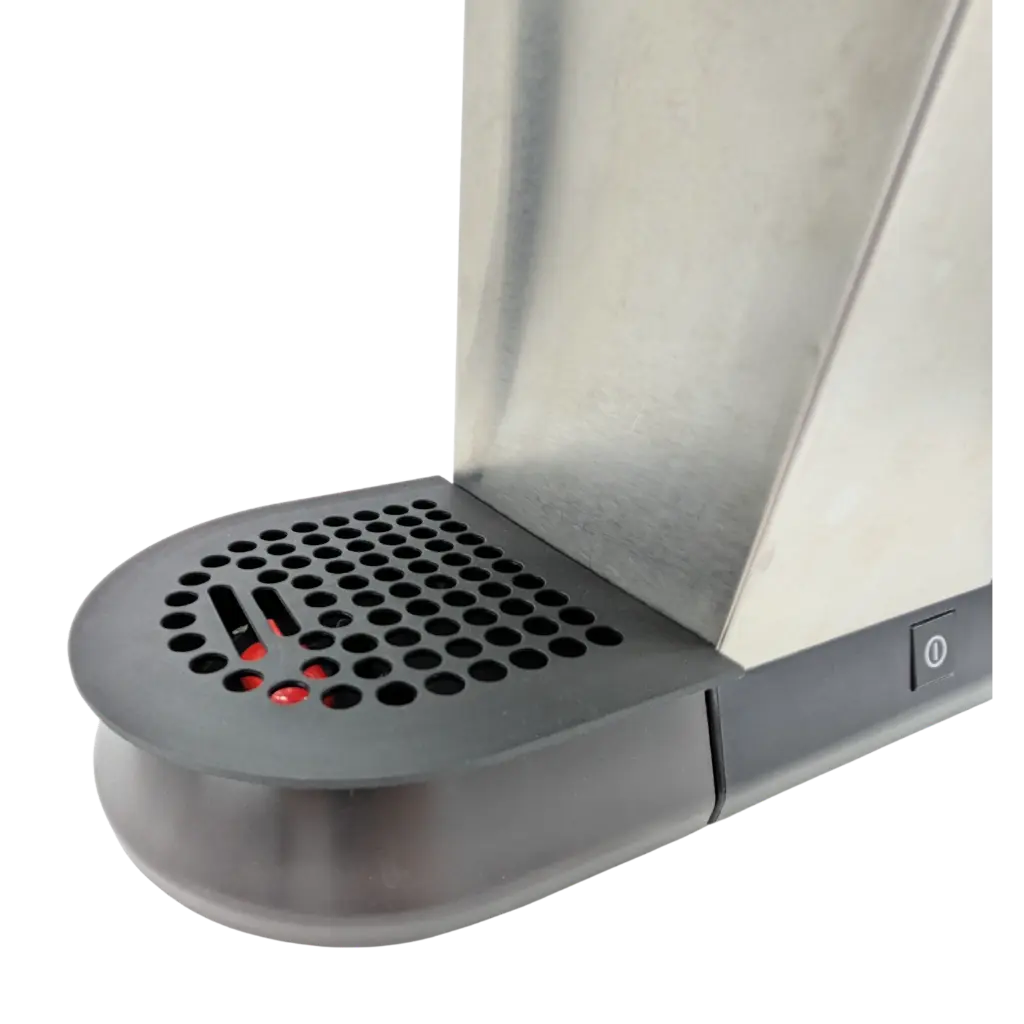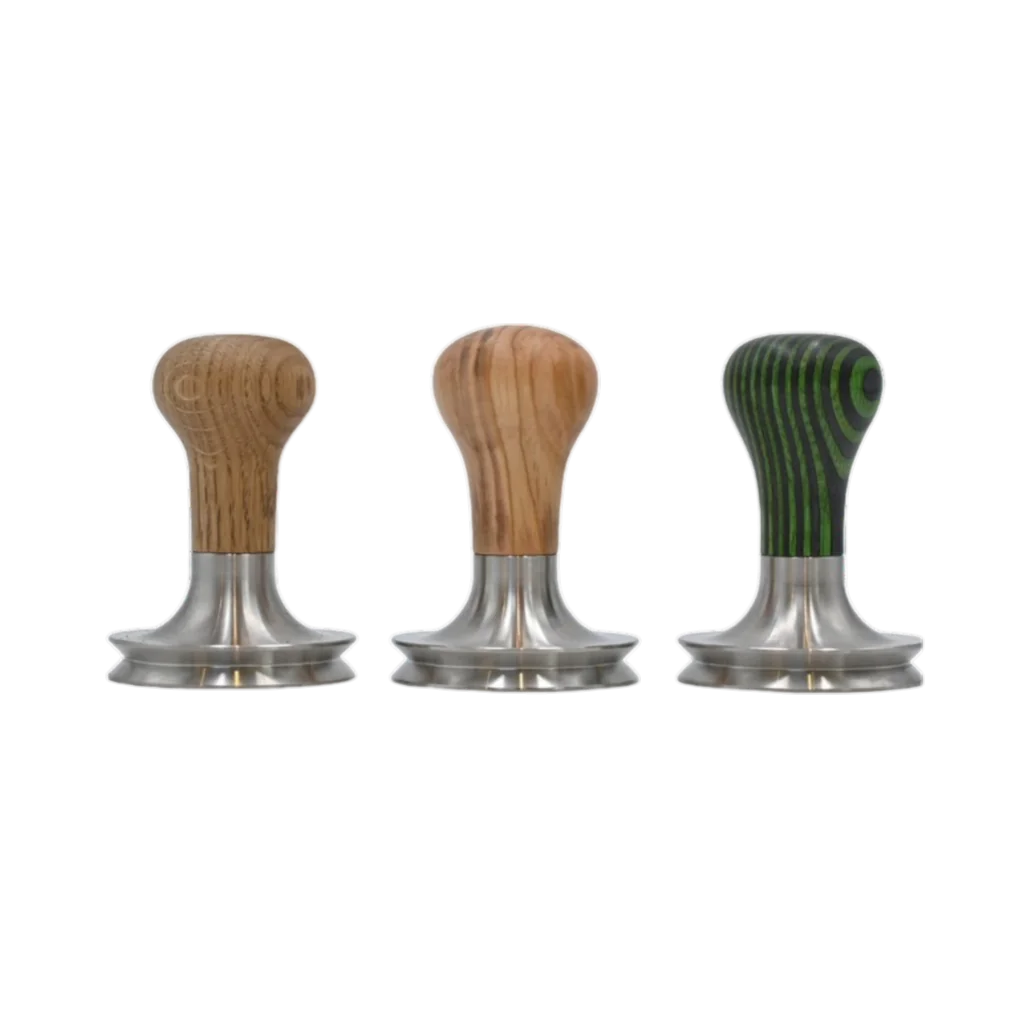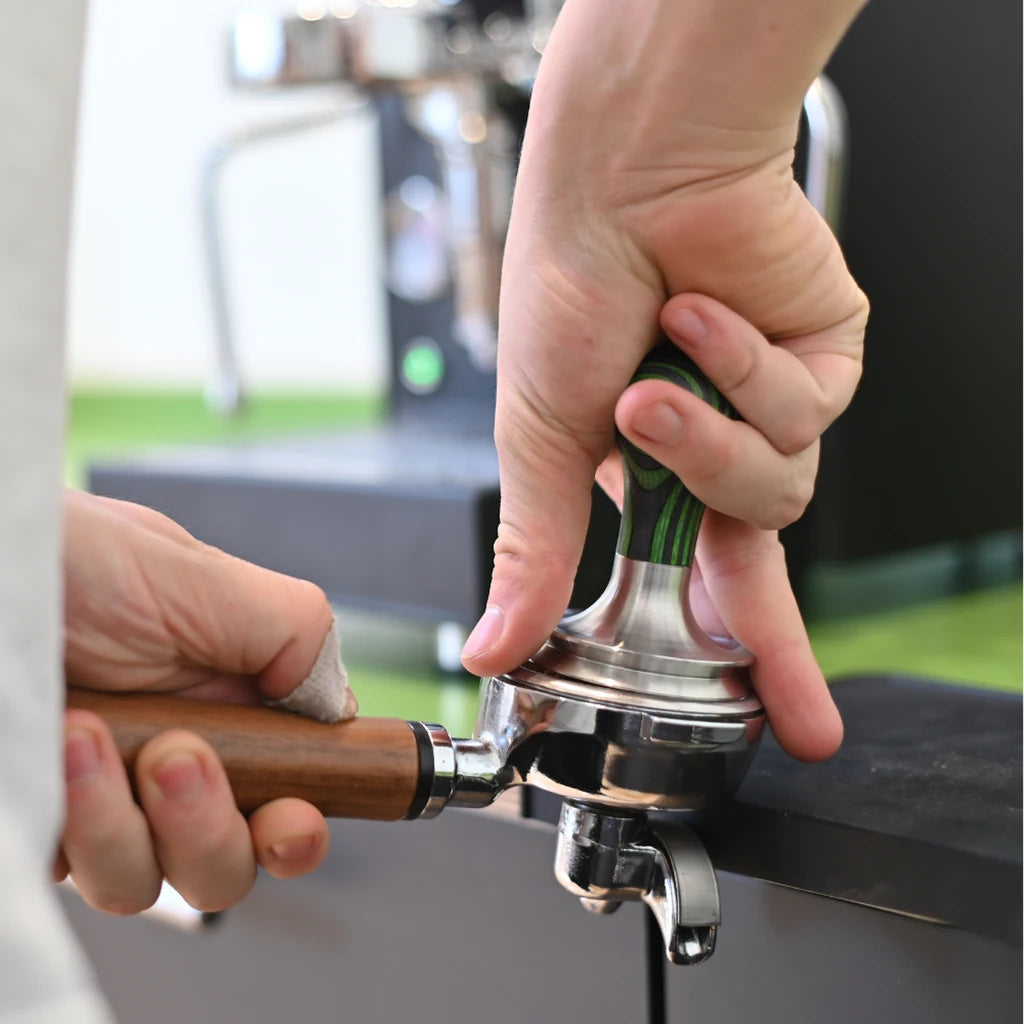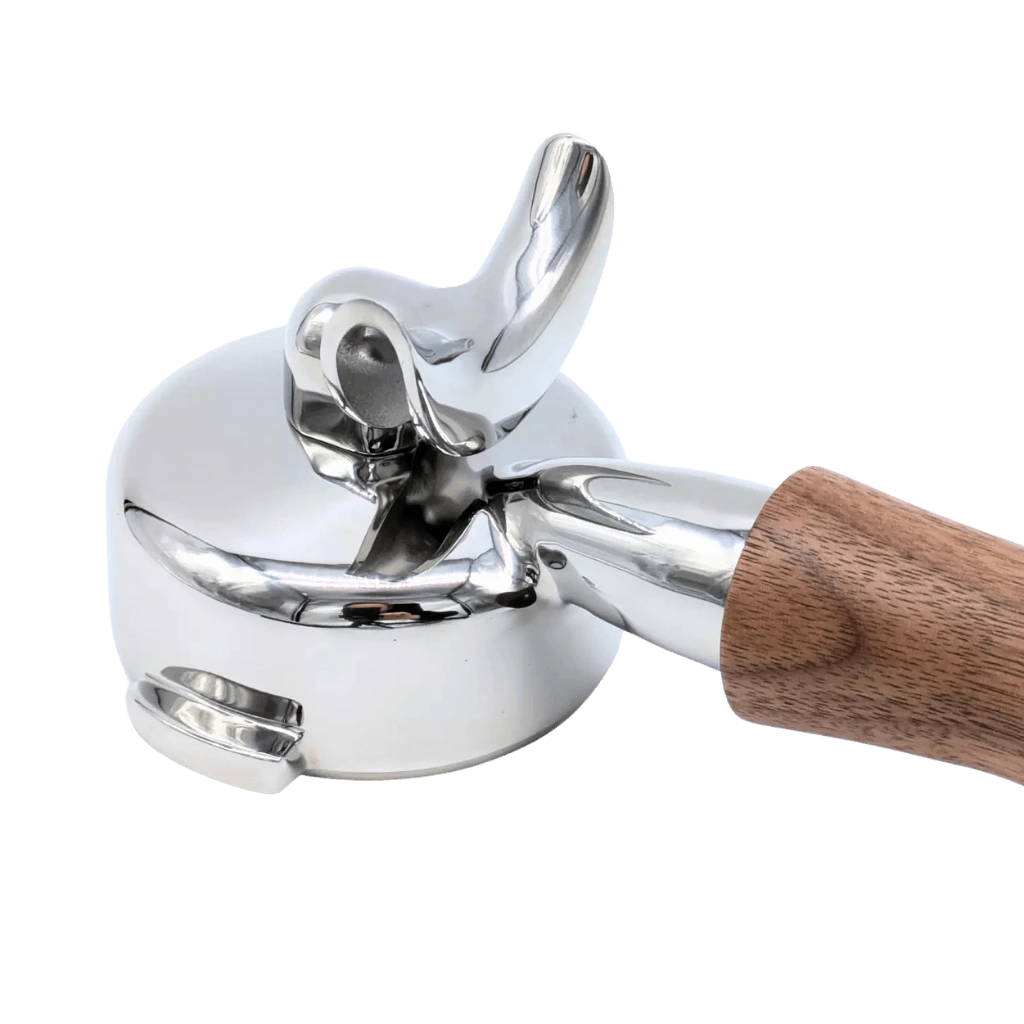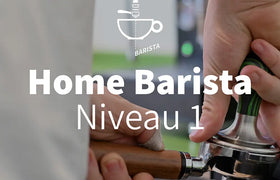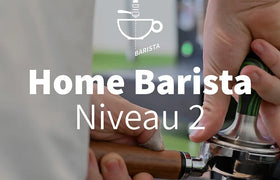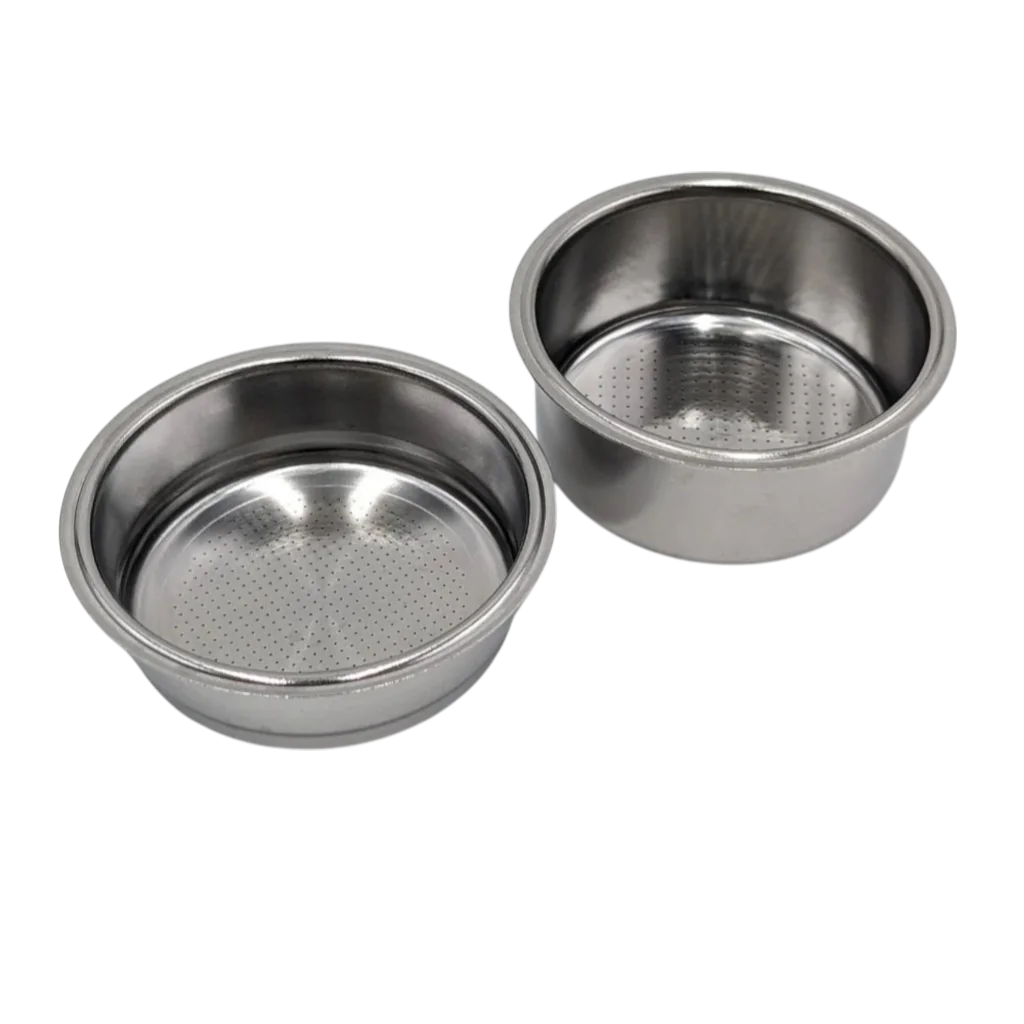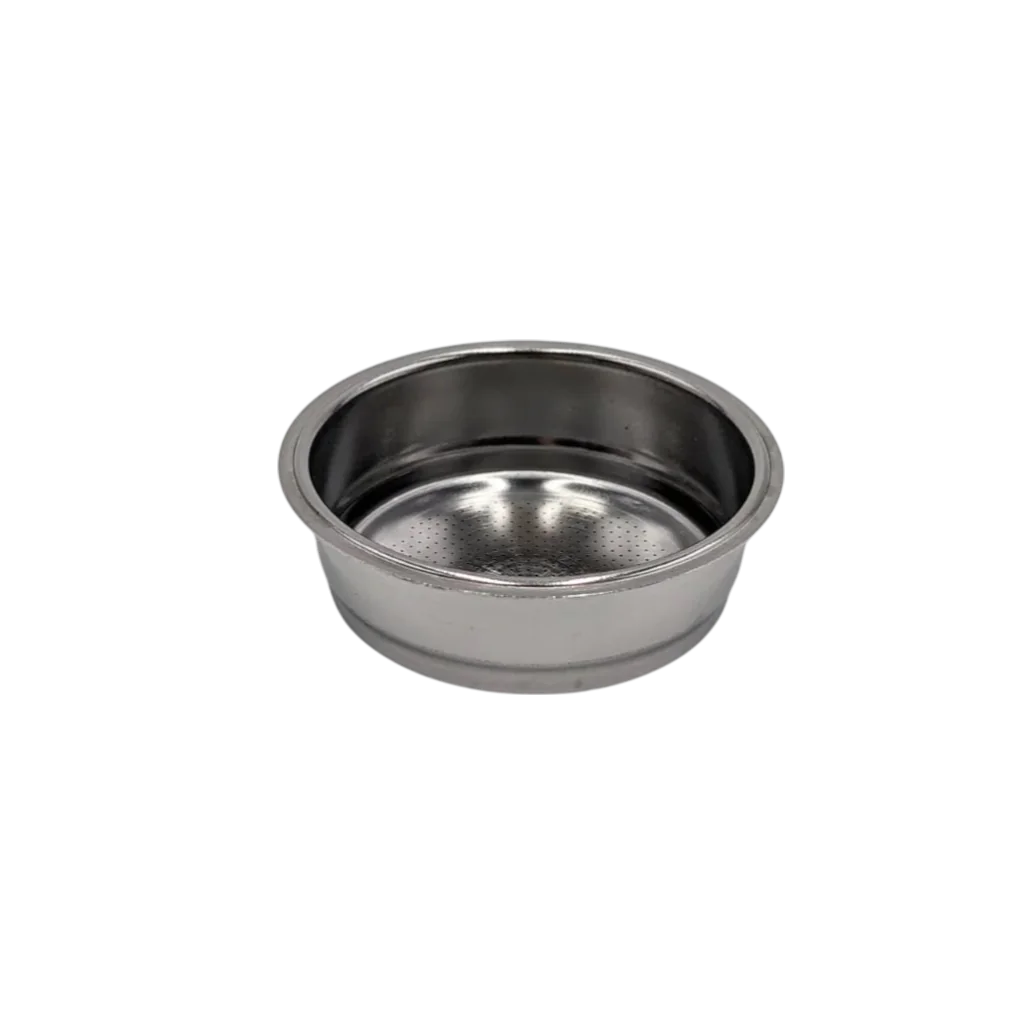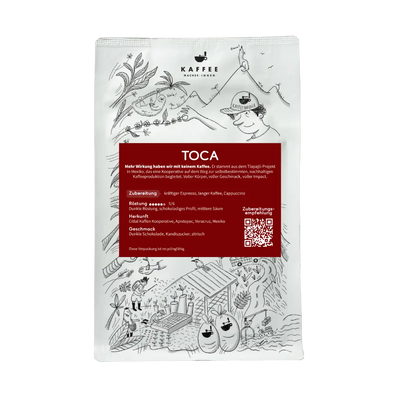Gone are the days when you simply order a cup of coffee in a café. Since the 2000s at the latest, the “third wave of coffee” has developed a special awareness of high-quality coffee and a wide variety of coffee drinks. Coffee is more than just a product. It is a luxury food, something that makes life more beautiful, that you take time for and that is worth thinking about.
For this reason, most cafés now offer a wide variety of coffee variations. In addition to well-known classics such as the cappuccino or the latte macchiato, you can also see the “Flat White” again and again today. But what is this drink all about? We'll look for clues to the origins of Flat White, explain the differences between it and other coffee specialties and give you tips on how to make a Flat White at home. Let's go!
The origin of the Flat White
Who made the first pizza? Who first came up with the idea of frying potatoes in sticks as “fries” and where was brewing beer actually invented? As is often the case, the exact origin of the Flat White cannot be identified. The search for clues definitely takes us to the time after the Second World War.
Many Europeans emigrated to Australia and New Zealand after the war. This led to the mixing of food and gastronomy culture Down Under. Of course, each culture took their beloved eating and drinking customs with them to their new home. The British brought their beloved tea with them to the new continent and later the Italians brought their coffee. It didn't take long before a thriving coffee culture developed in big cities like Sydney and a professional espresso machine and freshly roasted beans became de rigueur.
Some say it was because immigrant Brits added milk to their morning coffee, like their tea. Others see the poorly foaming Australian milk in some Australian cafes as the reason. According to one story, a barista served a customer who had ordered a cappuccino a drink that was not foamy enough and said: "I'm sorry, it's a flat white". It is not certain whether this story is true and whether it took place in New Zealand or Australia.
What is certain is that the Flat White is a variant or further development of the cappuccino. Due to its creamier consistency, the foam in the cup does not bulge like the original cappuccino, but rather lies flat with the edge of the cup.
The Flat White made its way from Australia to Europe and began its triumph there from the 2000s. New pouring techniques, latte art and the establishment of trained baristas made the Flat White the supreme craft discipline and a popular drink. Today it is hard to imagine life without it in both small local cafés and large coffee chains.
The ingredients for the perfect flat
There are certainly many different methods of making a flat white. We'll explain to you how we interpret the Flat White in our coffee makers cafés.
Our Flat White consists of a double espresso shot and 120g milk, organic milk from a regional organic farmer with around 3.5% fat. We use cups that hold 160ml. This means we can fill the Flat White exactly “flat” up to the edge of the cup.
For comparison: For our cappuccino we use a single espresso shot, in the same cups. So here it's more like 140g of milk.
This is probably the biggest difference between a flat white and a cappuccino. The Flat White has significantly more espresso in relation to the milk. You can taste the espresso much more clearly than in a cappuccino.
By the way, for our Flat White we use the rotating beans from our fruity, purple series. For example our Suke Quto from Ethiopia. The floral and fruity note, which is reminiscent of stone fruits or melons, is not too overpowering in the Flat White, but rather develops into a fresh, creamy cup with the smaller amount of milk.
Alternatively, our APAS organic espresso is also very suitable for flat white preparation.
The preparation
The espresso is prepared in the same way as other espresso-based drinks. Use freshly ground coffee beans from a good roaster. We use a broth recipe of 1 to 2.3 or 2.5. This means, for example, 17g of espresso powder becomes 40 to 42g of espresso in the cup.
The grinding level should be adjusted using a proper two-piece sieve (please do not use a double-walled sieve!) so that the espresso goes through in 25-30 seconds. The processing time for fruitier roasts can be a little longer, as it depends on your individual taste. If the espresso goes through too quickly, it is under-extracted and too acidic. Then you have to adjust the mill more finely. If it comes out too slowly, it will be over-extracted and taste bitter. Then you set the mill a little coarser. Of course, the brewing temperature is also important, which is why you should rinse once before making espresso and let the machine heat up long enough. If you are still looking for tips for the perfect espresso, then watch our video with 20 mistakes when making espresso !
A well-made espresso is only half the battle with a flat white. The consistency of the milk foam is also crucial.
You fill your jug halfway with cold milk. You blow out the steam lance once so that the condensation in it doesn't blow into the milk. In the first “draw phase” you draw air bubbles into the milk. For this purpose, the end of the steam wand is close to the surface of the milk. As soon as the milk in the jug has increased in volume, you switch to the “rolling phase”. Here you immerse the steam wand a little deeper and try to create a rolling movement in the jug. The large bubbles from the “drawn phase” are destroyed and the air is homogeneously incorporated into the milk. If you almost burn your hands on the milk jug (approx. 65° C), the milk is hot enough. The steam wand is then blown out and cleaned straight away!
The texture of your milk foam should be creamy. Like melted vanilla ice cream or cream that wasn't whipped hard enough.
We also use this milk foam consistency for cappuccinos. We don't want to serve a milk foam cap made of solid, foam-like milk foam that arches far over the cup.
A scale is helpful to achieve the right amount of milk and espresso. For a better workflow, it is worth using cups of the appropriate size. This saves you having to weigh it later.
Common Flat White Mistakes
As already described above, the ratio between espresso and milk in Flat White is more on the side of espresso. Mistakes when preparing espresso become noticeable very quickly. If the espresso is under-extracted, the entire drink will taste very sour. If it is over-extracted, your flat white will be far too bitter. That's why you should take your time to adjust the espresso precisely.
While with a cappuccino it is important that the espresso taste prevails against the large amount of milk and is not lost, with a flat white the espresso must not be too intrusive. We recommend using a lighter, fruitier roast. Look for beans from Ethiopia, preferably washed beans. These more fruity mixtures blend more harmoniously into the drink and do not make the Flat White too intense or heavy.
Of course, the consistency of the milk foam is also important. Be careful not to draw too much air into the milk, but rather to foam it until it is nice and creamy.
How to make Flat White at home
Since you can taste the espresso very clearly with the Flat White, you should also pay particular attention to the preparation of your espresso at home.
You need a reliable portafilter machine that you are familiar with. You should know how long it needs to heat up and whether you should rinse once or twice before using it for the first time.
You also need a good grinder that grinds espresso finely and can be adjusted precisely. The extraction time is crucial and this can only be adjusted based on the degree of grinding.
A fine scale is essential. You can weigh the beans, adjust the broth recipe correctly and also weigh the amount of milk foam you add. This will give you delicious results that you can repeat. With time and the right cups, you can avoid weighing, but accurate scales are a must, especially when setting recipes!
Conclusion
Whether you have to follow every coffee trend remains to be seen. Not everyone will be a fan of syrup, matcha, chai and the like. But you should definitely try the Flat White once. The creamy milk foam makes your mouth feel full and flattering. In addition, the high espresso content means you can taste the fine nuances of the espresso better. So it's no wonder that the "trendy drink" has now become an integral part of coffee culture.
Additionally, you can practice your latte art skills at home with Flat White. If you still need tips, watch our video on latte art or attend one of our latte art courses!
